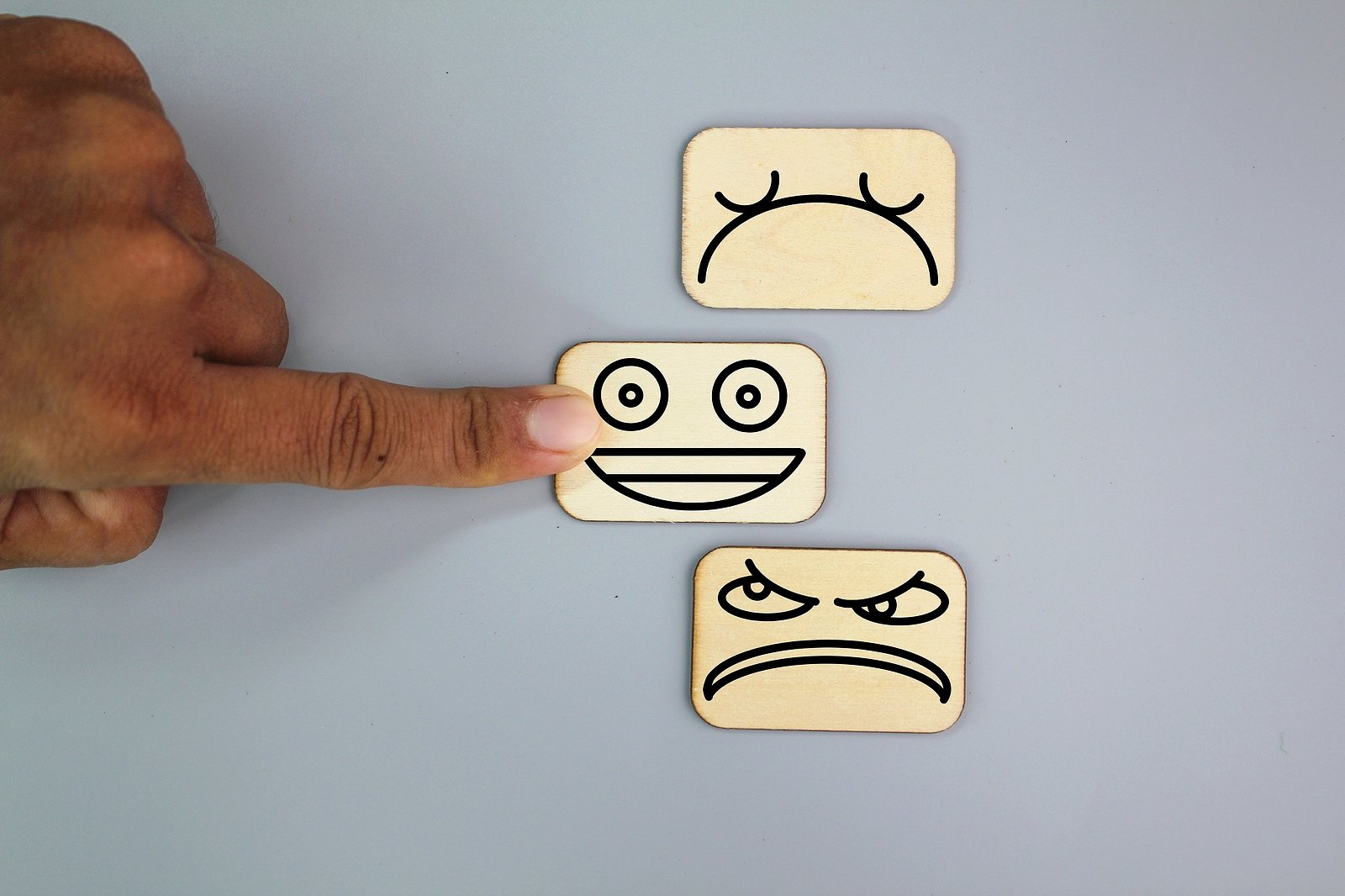Updated: January 14, 2024
Being friendly is a basic expectation in customer service.
That's easy on some days. You're in a good mood. You enjoy helping people and things are going well. The products or services you support work well and customers are generally happy.
Friendliness is more difficult on other days. You just don't feel friendly, warm, or upbeat. Customers are grumpy. Frustrating problems keep happening that are out of your control, and you don't have any solutions to prevent them.
Being friendly takes a lot more effort on those days. It's called emotional labor, and it can leave you feeling exhausted.
Attitude anchors can help. Keep reading to learn:
What is an attitude anchor?
When do you need to anchor your attitude?
How can you identify your attitude anchors?
What is an attitude anchor?
An attitude anchor is something that helps you anchor your attitude in a positive place. It can help you feel better when you’re down and become more resilient when you encounter something that causes a bad mood.
Let's try it right now.
Think of something really positive that makes you happy.
Close your eyes, take a deep breath, and imagine that thing.
Focus on only that for just a few seconds.
How do you feel now?
Here's what I'm imagining:
This is my dog, Dublin. She’s a sweet, playful dog and we have a lot of fun together.
When I'm working from home, I take a quick play break with Dublin whenever I need an attitude adjustment. We also go for a walk every afternoon, which gives me something paws-itive to look forward to every day.
(I'm 100% not sorry about the pun. You're smiling now, aren't you?)
When do you need an attitude anchor?
An attitude anchor is a useful way to either restore or maintain a great attitude. It's especially helpful when you find yourself in a bad mood, yet you know you're expected to be warm and friendly with customers.
What are some things that can put you in a bad mood? Here are a few common examples:
Negative customers
Difficult coworkers
Frustrating problems
Feeling tired or ill
Demanding bosses
An attitude anchor can help you stay positive when those things try to drag you down. There are two types of attitude anchors:
Repair anchors help you fix a bad attitude.
Maintenance anchors help you maintain a positive attitude.
Let’s try one right now. This short video will guide you through a quick customer service reset.
How can you identify your attitude anchors?
Attitude anchors are personal, so your anchors might be different than mine. Grab a sheet of paper or open a new document on your computer and let's create your list.
Create two columns on the page
Label one column "Maintenance Anchors"
Label the second column "Repair Anchors"
Start with your maintenance anchors. Make a list of things that help you maintain a positive attitude. Think of things in your life that have a lasting, positive impact on your day.
Here are some of my examples:
Hiking
Getting enough sleep
Spending time with friends or family
Playing pickle ball (yeah, I caught the bug)
Enjoying a nice meal with my wife
Every list is personal, so only add things that make you happy. For example, you shouldn't add hiking to your list if that's not something you enjoy.
Next, make a list of things that can repair your attitude if you find yourself in a bad mood. Here are a few of my examples:
Going for a short walk
Listening to music
Talking to a friend
Getting a snack or a cup of coffee
Playing with my dog
Again, this list is personal, so only add things that work for you.
Additional Resources
Share this exercise with your team. It’s one of 10 customer service training activities in my free training guide. The Attitude Anchor exercise is on page 12.
You can also learn more about attitude anchors from this short video.



